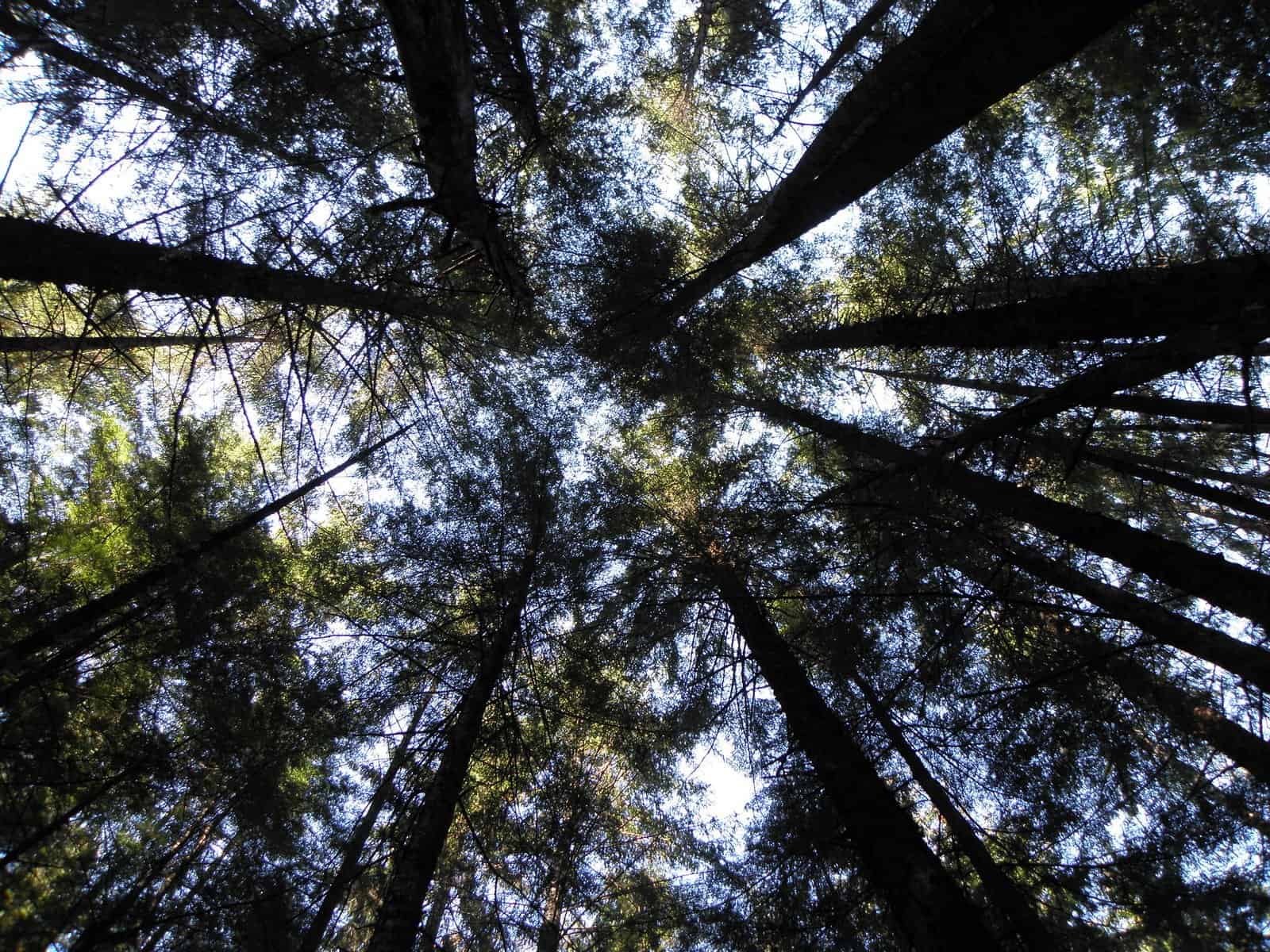Field Notes from Alaska: Landmark Agreement in the Tongass National Forest
27 June 2019In 2015, after decades of conflict, a diverse group of individuals reached consensus about how to manage timber resources on our nation’s largest national forest, the Tongass National Forest of southeast Alaska. When the process began two years prior, it was hard to imagine that such an agreement was possible: forest management had been a source of divisive conflict as the “timber wars” ravaged the Pacific Northwest.
The 15-member committee was comprised of individuals with seemingly opposing viewpoints – environmental organizations, timber industry, Native Alaskans, and local government, to name a few – several of whom had never met. My role, as part of the Meridian Institute team, was to ensure that agreement was indeed possible – by designing and managing a fair and transparent process and ensuring that all parties had the opportunity to be heard.
Meridian plays a unique and essential role in managing discussions about complex and controversial issues – we have an interest in helping groups achieve solutions, but we do not have an interest in what those solutions entail. In other words, our role is to help people – who may not know or trust one another – work together to agree on and implement solutions to complex issues. In the Tongass, it was no different. Our team quickly got up to speed on the intricacies of the conflict, tapping the vast knowledge and experience that each person brought to the group.
Through our facilitation role, we helped them build relationships with each other and express their underlying interests, uncovering a common, shared vision for southeast Alaska – one of “prosperous, resilient communities that have the opportunity to…benefit from the diversity of forest resources to achieve the cultural, social, economic and ecological health of the region.” I often think about how this shared vision served as the glue holding the group together. Even when committee members found themselves in stark opposition, they were able to come back to their common desire to find solutions that worked not only for themselves and their organizations, but for current and future generations of southeast Alaskan communities.
As our country continues to face uncertainty and political discord regarding how to manage our public resources, I return to this group’s vision, and their ability to overcome differences to find solutions that worked for everyone.
I continue to be inspired by the group’s dedication and willingness to truly listen and think creatively about how to find win-win solutions for everyone. I am optimistic that the agreement forged in the Tongass will inspire others to draw on such a collaborative approach to make more on-the-ground changes a reality.
If you are interested in the full story of overcoming conflict on the Tongass, check out my recent article in the Humboldt Journal of Social Relations, An Opportunity to End Timber Wars: How Collaboration in Southeast Alaska has Helped to Dissipate Conflict.
If you have reactions to what you’ve read here or questions about how to manage a conflict you are experiencing, please reach out. I would love to connect with you.
Photo credit: Sheila Spores, USFS, Tongass National Forest

Our Work in the Tongass
Meridian successfully mediated negotiations of the Tongass National Forest Federal Advisory Committee, culminating in consensus recommendations.